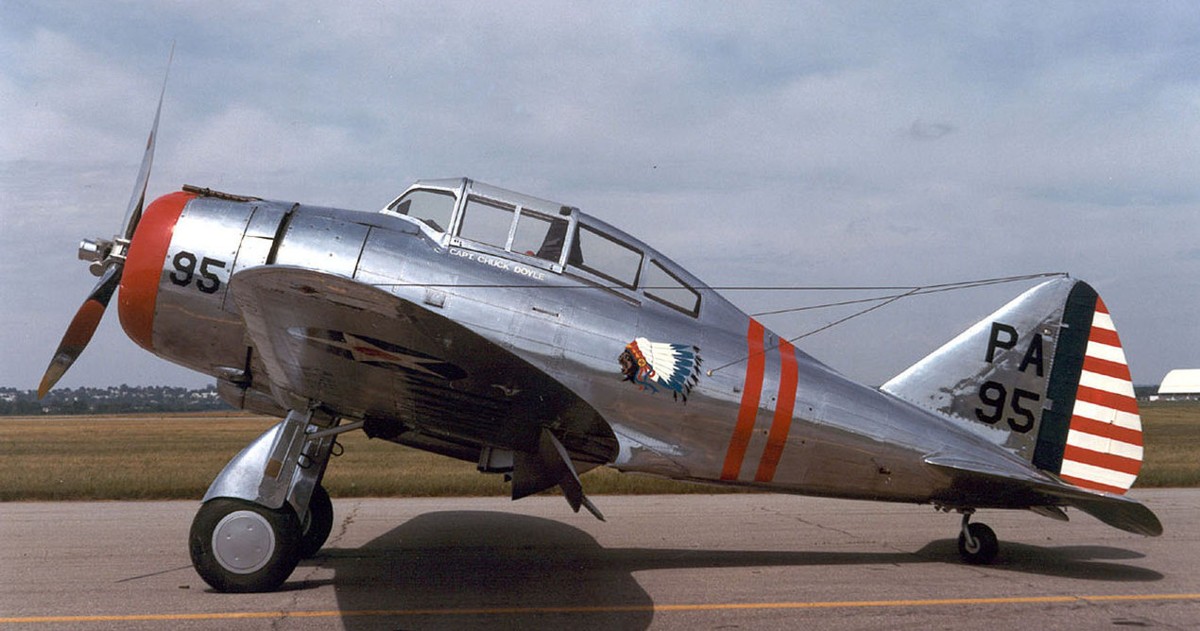PCS Gdansk (BB-1939) & HSMS Freya
(CV-1939)
Back to Special Projects page:
Earlier in this series is the Scandinavian Kung Gustav, The Odin class is
mentioned there as the previous class with twin turrets. While it was a class of
two for Scandinavia, the third member of the class was completed for another
amalgamation of countries that I do, Polithstovia. Polithstovia is the
countries of Poland, Lithuania, Estonia, and Latvia joined together to give a
decent naval budget that can purchase some decent equipment other than a few
destroyers / minesweepers each. The fourth hull of the group was repurposed as
an aircraft carrier, Scandinavia's first.
.png)
The 400mm (15.8") guns fired a 2500 pound shell 35,000 yards and was the equal
of any of the 16" ships of other nations. The Bofors factories and armouries
manufactured unbelievable amounts of weapons that were sold to the world. These
sales paid the way for the Scandinavian armed forces. The naval shipyards also
built many ships for customers around the world, one of which was the Gdansk for
Polithstovia. One of the first countries to put a dual purpose weapon system
into production, the 130mm guns came in single, twin, and triple mountings. And
of course the worlds favourite weapon the Bofors 40mm, which was made in single,
twin, quadruple. up to the six gun mounting in the Royal Navy. The first
mountings were put aboard Scandinavian ships in 1937 and featured on all
Scandinavian ships from then on.
The long sleek lines of the Odin class showed how efficient the hull design was.
The art of streamlining had gone ahead by leaps and bounds in the 1920's and
30's, meaning less engine power being required to make decent speeds. Both the
battleship and aircraft carrier easily made 30 knots at 125,000shp, even at
their full load displacement.
.png)
In the coming conflict, the Freya caused more damage than the other three put
together. Even with the Gdansk being on the Allied side, and the other three on
the Axis side. The Scandinavians had received assistance from the US Navy with
the planning for the Freya. Probably the weakest part of the design was the
'open' bow design, the only saving grace being the freeboard and sheer of the
bow forward as used in the battleships as well.
| |
Battleships |
Aircraft Carrier (Freya) |
| Displacement |
35,700 tons std 41,800 tons full load |
36,200 tons std, 43,000 tons full load |
| Length |
750 ft |
761 ft |
| Breadth |
100 ft |
118 ft over sponsons |
| Draught |
30 ft |
30 |
| Machinery |
4 shaft steam turbines, 125,000shp |
4 shaft steam turbines, 125,000shp |
| Speed |
30 knots |
30 knots |
| Range |
6000 miles at 15 knots (2300 at 25knots) |
6000 miles at 15 knots (2300 at 25knots) |
| Armour |
12" side, 5.9" deck,
13"/8.2"/5.1" turrets |
3" side armour, 5.1" box over machinery and armouries |
| Armament |
As built
8 x 15.8" (4x2)
18 x 5.1" (6x3)
24 x 40mm (3x4, 6x2) |
As built
8 x 5.1" (4x2)
30 x 40mm (10x2, 10x1)
|
| Aircraft |
2 |
60 |
| Complement |
1850 |
2000 |
| Notes |
HSMS Odin (1937)
HSMS Thor (1938)
PCS Gdansk (1939)
HSMS Freya (1939) |
From Wiki:
"The
outbreak of World War II caught
the Polish Navy in a state of expansion. Lacking numerical superiority, Polish
Naval commanders decided to withdraw main surface ships to Great Britain to
join the Allied war effort and prevent them from being destroyed in a closed
Baltic (the Peking Plan).
On 30 August 1939, 3 destroyers (ORP Błyskawica, ORP Grom,
and ORP Burza)
sailed to the British naval base at Leith in
Scotland. They then operated in combination with Royal Navy vessels
against Germany. Also two submarines managed to flee from the Baltic Sea through
the Danish straits to
Great Britain during the Polish September Campaign (one
of them, ORP Orzeł,
made a daring escape from internment in Tallinn, Estonia,
and traveled without charts). Three submarines were interned in Sweden, while
remaining surface vessels were sunk by German aircraft."
Even when creating Polithstovia, to give a larger navy, the navy is created to
close off the Gulf of Finland from Soviet Russia. The new Navy now has a
battleship, battlecruiser, heavy cruiser, light cruisers, destroyers and minor
warships. The Germans and or Soviets would love to get hold of any of these
vessels by trapping them in the Baltic and capturing them. I have two scenarios
with these ships. One. Send them, as per real life, to Britain, leaving three to
four days before the Germans launch their attack. That way the ships get to
fight on with the Allied forces. Two. The fleet goes across to Scandinavia to be
interned there. Thinking that the Scandinavians would eventually join the Allies
and the ships could the fight on with the Allies. The Soviet attack on
Scandinavia in November/December 1939, sent the Scandinavians into the Axis camp
and when the Scandinavians joined the Axis in May 1940, the interned ships were
seized and incorporated into the Axis Combined Fleet (North).
The first fighters aboard the Freya were the license built J9, a version of the
US P-35 fighter aircraft. These were replaced with the much superior FW-190A in
1941.

Back to Special Projects page:
.png)
.png)
